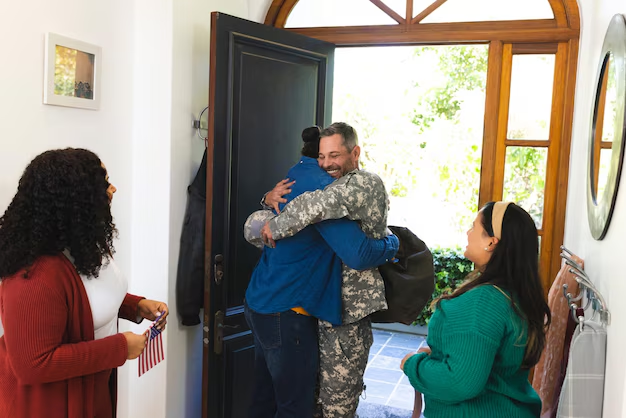Discover the Veterans Affairs Housing Assistance Program: What You Need to Know
Navigating the complexities of securing a home can be daunting, especially for veterans who have given so much to our country. Thankfully, the Veterans Affairs (VA) Housing Assistance Program aims to make the transition into stable housing smoother for our esteemed servicemen and women. By understanding how this program works and what it offers, veterans can gain more than just a roof over their heads—they can find peace of mind and a fresh start.
The Fundamentals of VA Housing Assistance
At its core, the VA Housing Assistance Program provides a variety of benefits designed to help veterans secure, maintain, and modify homes. The most notable feature is the VA home loan—a government-backed mortgage that makes buying or refinancing a home more accessible by offering competitive interest rates and, often, no down payment.
Key Benefits Include:
- No Down Payment: This eases the financial burden upfront, making homeownership more attainable.
- Competitive Interest Rates: Reduced rates can save veterans money in the long run.
- No Private Mortgage Insurance (PMI): Typically required by lenders when buyers put down less than 20%, the VA's backing removes this cost.
- Easier Qualification: Flexible requirements make these loans available to a broader range of veterans.
Beyond Housing Loans: Additional VA Support
The VA Housing Assistance doesn't stop at loans. It extends to several other supportive services to ensure veterans have stability and comfort.
Specially Adapted Housing (SAH) Grants
For veterans with certain service-connected disabilities, adapting a home to meet specific needs can be a challenge. SAH grants provide funding to support modifications that enhance independence and accessibility, such as installing ramps or widening doorways.
Temporary Residence Adaptation (TRA) Grants
Life happens, and sometimes temporary living arrangements are necessary. TRA grants help veterans adapt current residences temporarily to accommodate their needs without the pressure of permanence.
A Gateway to Comprehensive Support
The pathway to stable housing can also be a door to a host of other benefits that improve quality of life and financial health.
Consider These Additional Resources:
Government Aid Programs: Look into other federal, state, and local programs that offer financial assistance. Programs focused on healthcare, education, and employment can offer further financial relief.
Educational Grants: Veterans wishing to further their education or skills can find solace in programs offering tuition assistance or reduced fees, alleviating financial stress in pursuit of personal growth.
Debt Relief Options: If debt management becomes overwhelming, services offering structured relief plans can aid in organizing and settling debts efficiently.
Credit Card Solutions: For those seeking to rebuild or strengthen credit, numerous options are available, such as secured credit cards specifically designed to help improve credit scores responsibly.
Elevate Your Financial Future
Taking advantage of the VA Housing Assistance Program paves the way for veterans to build secure, stable, and fulfilling lives post-service. As veterans venture into civilian life, tapping into these resources transforms possibilities into practical solutions for long-term success and well-being.
Explore More Financial Tools and Resources
- 📚 Educational Opportunities: Scholarships and grants for veterans (GI Bill, Yellow Ribbon Program)
- 💳 Credit Solutions: Secured credit cards, credit counseling services
- 🏠 Housing Support: State and local housing programs, HUD resources for veterans
- 🔄 Debt Management: Consolidation and relief programs
- 💰 Financial Planning Assistance: Free financial planning services for veterans
By understanding and utilizing available programs, veterans can nurture a financial future that honors their service and dedication.
